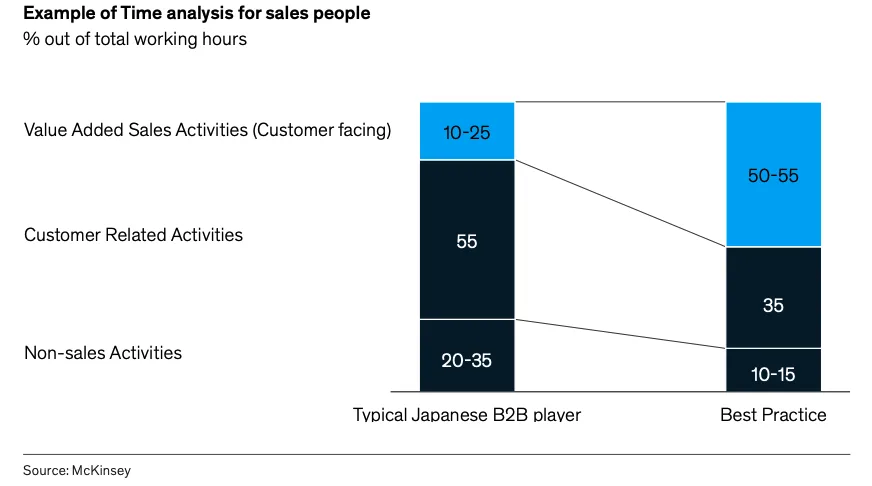One of the most misunderstood aspects of doing business in Japan is negotiation. Proposals don’t often generate immediate replies. A “no” is rarely spoken outright. Instead, silence or long delays are common, leaving you unsure whether there’s real interest or not.
In Kanto, this pattern is especially clear. You may submit a well-prepared proposal and then wait weeks without a response. If price is an issue, you often won’t hear back at all. That silence prevents a proper negotiation from even starting. Unlike in many Western markets, where the buyer might counter with “too expensive” or “can you sharpen this,” the default in Tokyo is often to let the conversation fade quietly.
This is why follow-up is not optional in Japan — it’s essential. The skill lies in how it’s done. Push too little and the opportunity disappears. Push too hard and the relationship may cool. But when we follow up politely, consistently, and with sensitivity, we often discover the real objections — and price is usually the first one.
Surveys highlight this cultural tendency. In a 2019 JETRO business report, 65% of foreign-affiliated companies cited “slow decision-making” as their top challenge in Japan. A McKinsey survey on B2B practices noted that Japanese corporate sales cycles are among the longest in Asia, often stretching six months or more, compared to under three months in markets like Singapore or Hong Kong. Without active follow-up, many opportunities are simply lost in that long cycle.
Once the hidden objection is uncovered, however, negotiation can finally begin. In our experience, this often means confirming that the proposal is acceptable in principle, but the price needs to be reconsidered. Rarely will the customer state this directly. It takes careful prompting, reading between the lines, and creating space for them to share their concerns without embarrassment.
Interestingly, the dynamic is different in Kansai. People there are more likely to say what they’re thinking, and to ask directly for a better price or improved conditions. It can feel blunt compared to Tokyo, but it’s refreshing — and it makes the path to a deal much clearer. This reflects Kansai’s merchant roots, where trade was built on quick, practical exchanges.
For anyone negotiating in Japan, the lesson is simple: patience is required, but passivity is dangerous. Following up politely, persistently, and with cultural sensitivity is often the only way to turn silence into dialogue and dialogue into a deal. And sometimes, a Kansai-style question — direct but friendly — is exactly what’s needed.

